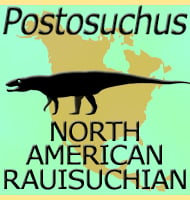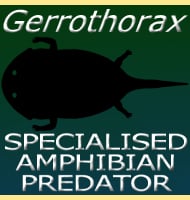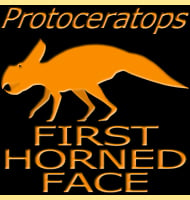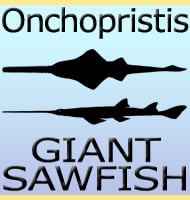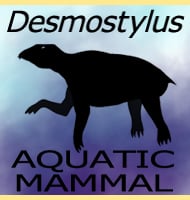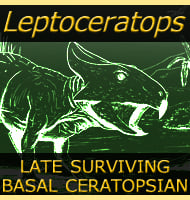In Depth
Although usually regarded as its own genus, there is on-going debate over how Aegyptopithecus might actually be the same primate as Propliopithecus. If this eventually does happen then material that has been named Aegyptopithecus will be re-named Propliopithecus.
Aegyptopithecus is thought to have been a frugivore, a herbivorous creature that specialises in eating fruit. However there is also evidence to suggest that Aegyptopithecus would also occasionally eat tougher plant parts, perhaps as a result of a lack of its preferred food. As is common in primates, the canine teeth of male Aegyptopithecus are larger than those of females, a clear sign of sexual dimorphism with the enlarged canines serving as display and potential weapons between competing males. Due to its dietary preference and size, Aegyptopithecus is seen to have been an arboreal creature that lived in the tree canopies of Oligocene era Egypt. It might be hard to imagine this kind of habitat in Egypt today, but the desertification of this country and other regions of North Africa is actually a very recent occurrence when go you by a geological time scale.
Further Reading
– New fossil apes from Egypt and the initial differentiation of Hominoidea. – Nature 205:135-139. – E. L. Simons – 1965. – The Humerus of Aegyptopithecus zeuxis: A Primitive Anthropoid. – American Journal of Physical Anthropology. 59 (2): 175–193. – John G. Fleagle & Elwyn L. Simons – 1982. – Dental Microwear and Microstructure in Early Oligocene Primates From the Fayum, Egypt: Implications for Diet. – American Journal of Physical Anthropology. 101 (4): 527–543. – Mark F. Telford, Mary C. Maas & Elwyn L. Simons – 1996. – Femoral Anatomy of Aegyptopithecus zeuxis, An Early Oligocene Anthropoid. – American Journal of Physical Anthropology. 106 (4): 413–424. – Ankel-Simons, Friderun; John G. Fleagle & Prithijit S. Chatrath – 1998. – Revised age estimates for the later Paleogene mammal faunas of Egypt and Oman. – Proceedings of the National Academy of Sciences of the United States of America. 103 (13): 5000–5005. – Erik R. Seiffert – 2006. – A remarkable female cranium of the early Oligocene anthropoid Aegyptopithecus zeuxis (Catarrhini, Propliopithecidae). – PNAS. 104 (21): 8731–8736. – A remarkable female cranium of the early Oligocene anthropoid Aegyptopithecus zeuxis (Catarrhini, Propliopithecidae)”. PNAS. 104 (21): 8731–8736. Simons, Erik R. Seiffert, Timothy M. Ryan & Yousry Attia – 2007.

